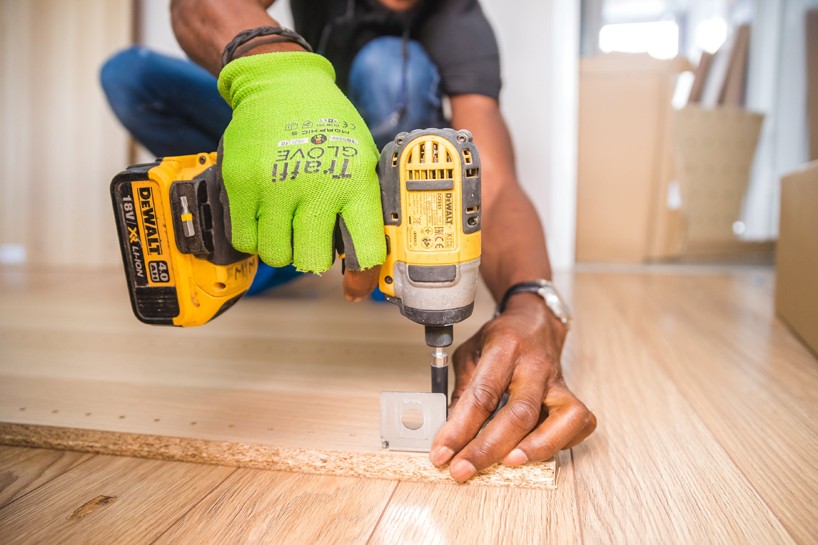What is passive daytime radiative cooling pdrc?
Ever wondered how some surfaces can stay cool even under the scorching sun? Well, let me introduce you to the magical world of passive daytime radiative cooling (PDRC)! Imagine lounging on a beach towel that somehow repels heat while you sip your iced coffee. Sounds dreamy, right? PDRC is basically a fancy term for a process where materials emit heat into the sky during the day without needing any energy input. It’s like having your cake and eating it too, but in this case, it’s about staying chill!
How Does Passive Daytime Radiative Cooling pdrc Work?
So, how does this sorcery work? Picture this: during the day, when sunlight hits an object, it usually heats up. However, with PDRC materials—think white roofs or specially designed surfaces—they reflect most of that sunlight and simultaneously release infrared radiation into space. It's like they have their own personal air conditioning system! Have you ever tried wearing a black shirt on a sunny day? Yeah, not cool (pun intended). Now imagine if all buildings were painted white; we’d be living in a much cooler world!
Benefits of Passive Daytime Radiative Cooling pdrc

Now you're probably wondering, "What’s in it for me?" Well, let me tell you! The benefits of PDRC are as sweet as grandma's cookies. First off, it helps reduce energy consumption by lowering indoor temperatures. This means less reliance on air conditioning—hello lower electricity bills! Plus, it's environmentally friendly since it reduces greenhouse gas emissions. Who knew being cool could save the planet?
Applications of Passive Daytime Radiative Cooling pdrc
Let’s get practical here! Where can we use this nifty technology? From smart urban planning to innovative building designs—PDRC has got our backs. Imagine cities where buildings keep themselves cool without cranking up those AC units. And hey, if we can make pavements cooler too—goodbye melting shoes! Ever had your flip-flops stick to hot pavement? Ouch!
Challenges Facing Passive Daytime Radiative Cooling pdrc
But wait! It’s not all sunshine and rainbows in the world of PDRC. There are challenges too! For one thing, these materials often need specific conditions to work effectively. And let's face it: getting everyone to agree on using reflective materials isn’t exactly easy-peasy lemon squeezy. Have you ever tried convincing your friend to wear sunscreen at the beach?
Future of Passive Daytime Radiative Cooling pdrc
What does the future hold for passive daytime radiative cooling pdrc? With climate change knocking at our door like an unwanted pizza delivery guy at midnight, innovations in PDRC could be game-changers! Researchers are working tirelessly to develop new materials and technologies that enhance its effectiveness. So who knows? One day we might just live in cities where every street is as cool as a cucumber!
Sustainability Engineer Perspective on PDRC
As far as I know, sustainability engineers are buzzing about passive daytime radiative cooling (PDRC) because it aligns perfectly with innovative cooling technologies and sustainable design practices. In an industry that constantly seeks energy efficiency strategies, PDRC stands out as a beacon of hope against rising temperatures and increasing energy demands. By utilizing materials that excel in reflecting sunlight while emitting heat effectively, we not only create comfortable living spaces but also contribute to a significant reduction in energy consumption across urban landscapes. It's like hitting two birds with one stone! The integration of PDRC into building designs isn't just about aesthetics; it's about rethinking how we approach urban architecture in the face of climate change. Engineers are advocating for policies that promote these practices because they recognize that every degree counts in our fight against global warming. So, when you think about future-proofing our cities, remember that PDRC is not just a trend; it's a necessity!
PDRC in Urban Architecture and Sustainable Building Materials
When we talk about passive daytime radiative cooling (PDRC), we can't ignore its profound impact on urban architecture and sustainable building materials. Imagine this: cities designed with the intention of harnessing PDRC principles would utilize reflective surfaces and innovative materials that promote energy efficiency while adapting to our changing climate. This isn't just about keeping buildings cool; it's about creating environments that breathe sustainability. Think green roofs, solar-reflective pavements, and walls that actively work against heat absorption. Integrating these elements into urban planning can effectively mitigate the urban heat island effect—a phenomenon where city areas become significantly warmer than their rural surroundings due to human activities. By adopting PDRC strategies within architectural frameworks, we're not only enhancing thermal comfort but also making strides towards improved livability in densely populated areas.
Passive Daytime Radiative Cooling (PDRC) in Urban Architecture| Aspect | Description | Benefits |
|---|
| Design Integration | Incorporating PDRC techniques into building design. | Enhanced thermal comfort, reduced cooling costs. |
| Material Selection | Choosing materials that reflect sunlight and emit heat. | Lower energy consumption, improved sustainability. |
The table above illustrates how integrating PDRC into urban architecture can positively impact design and material selection while offering significant benefits such as enhanced thermal comfort and reduced energy costs.
PDRC Strategies for Energy Efficiency and Climate Adaptation| Strategy | Implementation | Impact |
|---|
| Urban Heat Island Mitigation | Implementing PDRC strategies to combat urban heat. | Improved urban climate, enhanced livability. |
This table highlights various strategies for implementing PDRC within urban environments to enhance energy efficiency while adapting to climate changes.
Conclusion
In conclusion (drumroll please), passive daytime radiative cooling pdrc is not just some science fiction fantasy—it’s real and ready to change our lives for the better! By embracing this technology today, we're paving the way for a cooler tomorrow (literally!). So next time someone asks about PDRC over coffee or dinner—drop some knowledge bombs and impress them with your newfound wisdom!
This article is edited by Xiao Ke, created by Jiasou TideFlow AI SEO